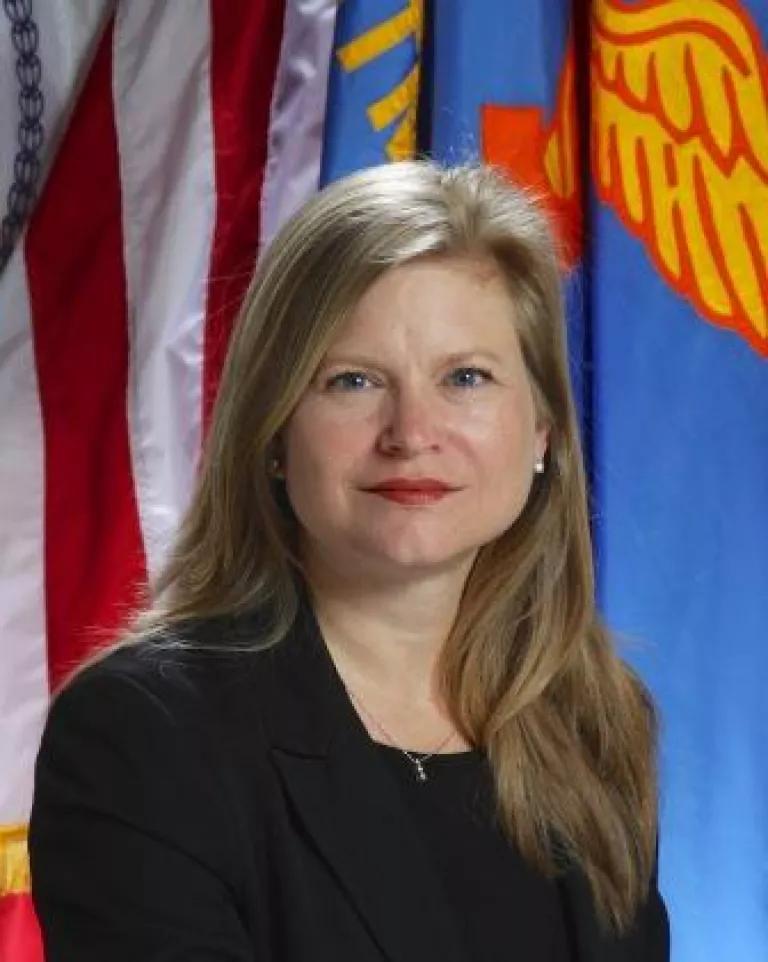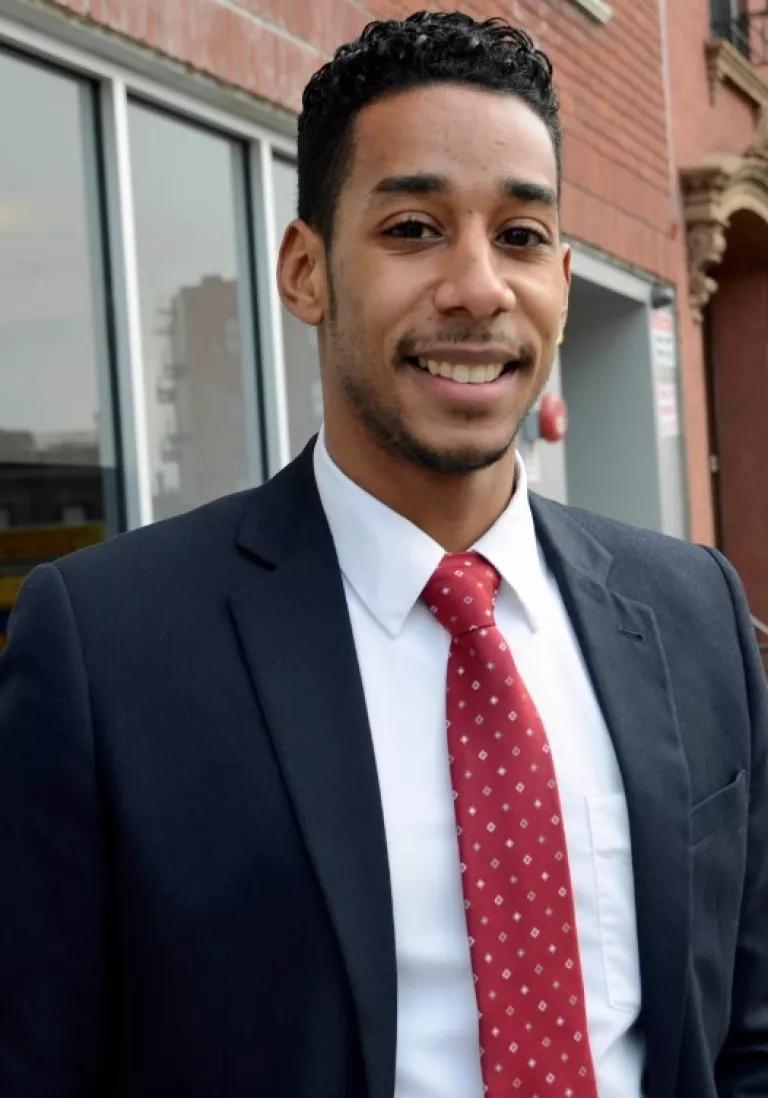
In December 2013, the Sanitation Department was collecting recyclables from New York City residences and institutions at a rate of just over 16 per cent; the percentage is just about the same today. In view of the ambitious intentions of the city’s landmark recycling statute, Local Law 19 of 1989, this percentage is discouraging. But it doesn’t tell the whole story.
For one thing, it underestimates the actual amount of household recycling taking place in the five boroughs. It does that, for example, by having to exclude from its calculations the significant number of bottles and cans that are placed out for recycling by city residents but are plucked from their blue recycling bags and bins by curbside scavengers before these valuable materials are picked up by the Sanitation Department and brought to the city’s recycling contractor. Other residential waste materials that end up in non-city run recycling programs (e.g., clothing drop-offs at non-profit organizations, battery and tire recycling at retail outlets, etc.) are similarly not counted in these official recycling calculations.
In addition, the 2013 recycling percentage does not reflect the seeds that were planted in the last year of Mayor Bloomberg’s term. Expanding the types of plastics that can be included in recycling bins, adding pilot projects to collect food waste for composting, growing the number of high-rise buildings that are separating textiles and e-waste, increasing recycling in public schools and on city streets -- these and other recent enhancements to the city’s recycling program hold the promise of significant growth in the amount of refuse that New York City diverts from landfills and incinerators in the not-too-distant future.


Twenty-five years after the City Council passed a landmark recycling law, the statute’s ultimate goal -- to make recycling and composting the cornerstones of city waste -- has yet to be achieved. But the new Administration (Mayor Bill de Blasio, Sanitation Commissioner Kathryn Garcia and Acting Deputy Sanitation Commissioner for Sustainability Bridget Anderson, pictured above) is sending encouraging signals that the era of waste policy reform has finally arrived.
2014 – The de Blasio Administration Builds Momentum on Recycling/Composting
When Mayor Bill de Blasio took office in January 2014, some New Yorkers were worried that he would abandon the sustainability focus that the Bloomberg Administration had begun. Eight months later, it is safe to say that, at least in the area of solid waste and recycling, such concerns appear to have been unwarranted.
To be sure, the Mayor is putting his own stamp on sustainability. And he comes at the issue with a frame that is different from Mayor Bloomberg’s. But when it comes to recycling and composting, the de Blasio administration seems determined to keep moving New York City sustainability policies forward.
First, the Mayor appointed Kathryn Garcia as his new Sanitation Commissioner. The commissioner, a former top official at the city’s Department of Environmental Protection, has a long-running commitment to sustainability. And in her very first public statement upon being appointed, the Commissioner expressed the new Administration’s intention of “taking this agency to the forefront of the nation in terms of composting.”
Sure enough, the Commissioner and her team have continued to grow the organics collection pilot projects serving single- and multi-family households and schools in New York City. By July 2014, the curbside food waste collection demonstration projects had expanded to reach over 240,000 New Yorkers in all five boroughs.
The Commissioner has also begun an assessment of how recycling collections can be made more cost-effective -- an analysis that could benefit city taxpayers and help to achieve the objectives of Local Law 19 at the same time. As the Commissioner recently stated, “(w)e are embracing the view that waste should be treated as a resource and in fact, we actually receive revenue from some of our recycling vendors when they sell or directly reuse the material.”
In another positive sign, the de Blasio Administration and the City Council renewed the contract with GrowNYC’s Office of Recycling Outreach and Education. This feisty little office has played a big role in building recycling and composting programs in the city’s schools and is assisting the Sanitation Department in much-needed public education efforts.
Ultimately, of course, it is performance that counts. The initial signals from Mayor de Blasio and his Sanitation Department hold the promise that the city will at long last achieve the recycling and sustainability objectives of Local Law 19 of 1989. But the final chapter has yet to be written.



Since the passage of an ambitious recycling law in 1989, the New York City Council has played an essential role in advancing sustainable waste policies here in the nation’s largest city. It is likely that the Council’s new leaders on waste issues -- Speaker Melissa Mark-Viverito, Rules Committee Chair Brad Lander and Sanitation Committee Chair Antonio Reynoso, pictured above -- will keep the Council at the center of innovative waste planning here.
Things to Look for in the Years Ahead
Here are seven issues to watch as the waste policy reforms of the de Blasio Administration and the New York City Council move forward:
- The single greatest step the City can take to divert waste from landfills and incinerators is to phase in programs that separate out food scraps and yard waste for composting and/or sustainable anaerobic digestion. Will the Sanitation Department continue its ongoing efforts to expand curbside collection of organics for residents and businesses and also boost community composting right here in New York City?
- Ongoing, effective public education efforts are essential to the long-term success of recycling in New York City. Will the Department of Education cooperate with the de Blasio administration to insure that every school classroom has recycling bins and every school lunchroom collects food scraps for composting? And will GrowNYC’s Office of Recycling Outreach and Education be given the funding it needs to target public education efforts where they are needed most?
- Residents and building managers in many neighborhoods are already separating a large portion of their recyclable refuse for curbside collections; but in other areas, lack of participation remains a serious problem. What will the New York City Housing Authority do to make recycling convenient for their tenants and what will the Sanitation Department do to convince other reluctant building managers to improve their waste-handling practices?
- Textiles and electronic waste can be easily separated out of the waste stream for reuse, recycling or safe handling, as the Sanitation Department’s recently launched refashioNYC and e-cycleNYC initiatives demonstrate. Will property owners and managers cooperate and take advantage of these new services and, if not, will the City Council take action to build out these worthwhile programs to scale?
- Polystyrene food and beverage containers and plastic take-out bags contribute disproportionately to litter and pollution problems on streets, at parks and in waterways, while causing big headaches at recycling facilities. Will the de Blasio Administration and the City Council move forward with current plans to reduce these burdens and insure that more environmentally friendly substitutes are used instead?
- While recycling and composting are cost-competitive with landfilling and incineration, it is possible to reduce the expenses associated with recycling and composting further by adjusting the schedules and routes for waste collections in New York City (as is already being done in municipalities across the country). Will the Sanitation union, the Department and the de Blasio administration work cooperatively in ongoing labor discussions to secure flexibility in trash collection routes and schedules so as to provide financial benefits to all parties?
- Ultimately, for recycling to be a complete economic and environmental success, strong and vibrant markets for the materials collected in the recycling programs must exist and be encouraged. Will the de Blasio Administration and the City Council, with their enormous purchasing power, use the city’s procurement process to strengthen markets for recyclables currently being collected (e.g., glass and plastics) and help build new recycling industries here in the New York region?
When Local Law 19 of 1989 took effect twenty-five summers ago, on July 14th, my NRDC colleague Mark Izeman told the New York Times: “It is fitting that the statute’s time clock starts ticking on Bastille Day, because we could be witnessing a mini-revolution in local garbage policies.”
None of us expected that the revolution would take this long. But here at NRDC we are confident that the changes in New York waste policy envisioned by the City Council in 1989 are finally in the process of being realized. And the reverberations of Local Law 19 of 1989 are likely to be felt for years to come.
